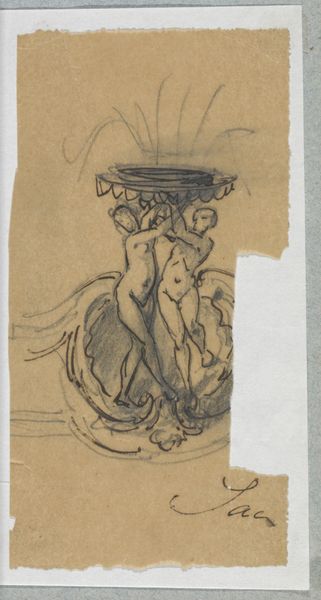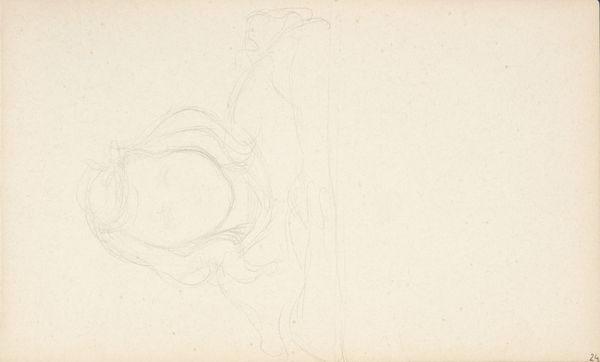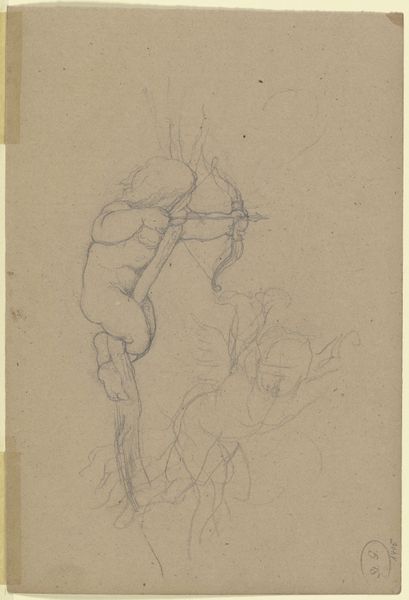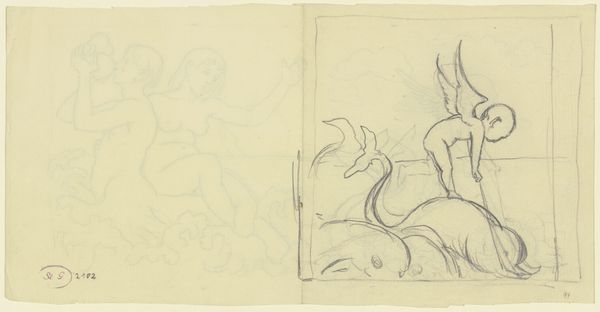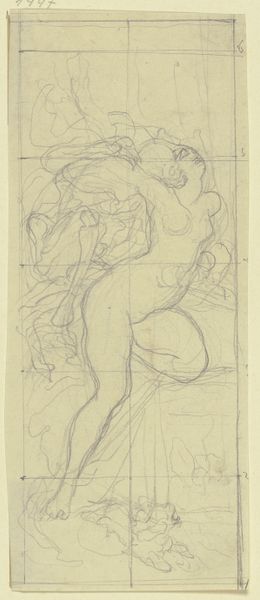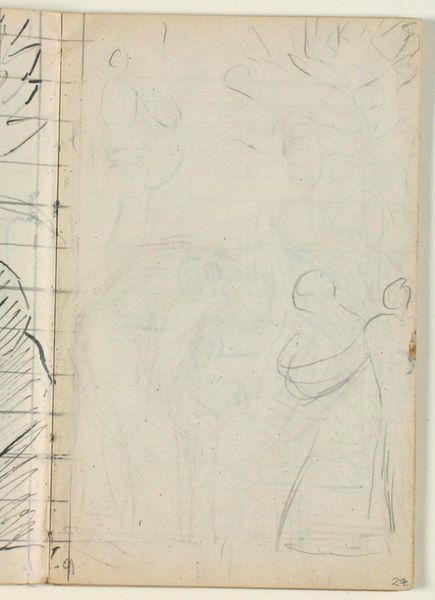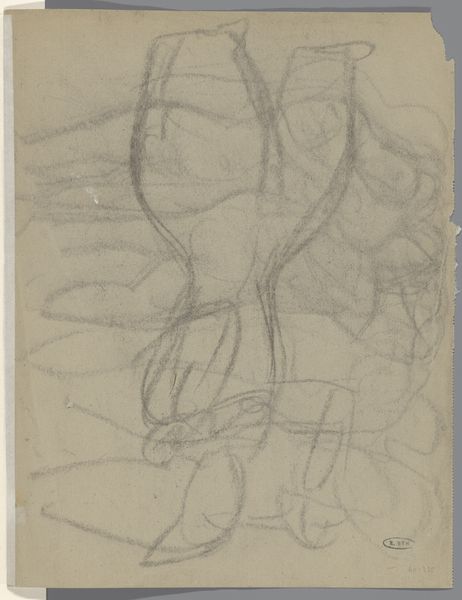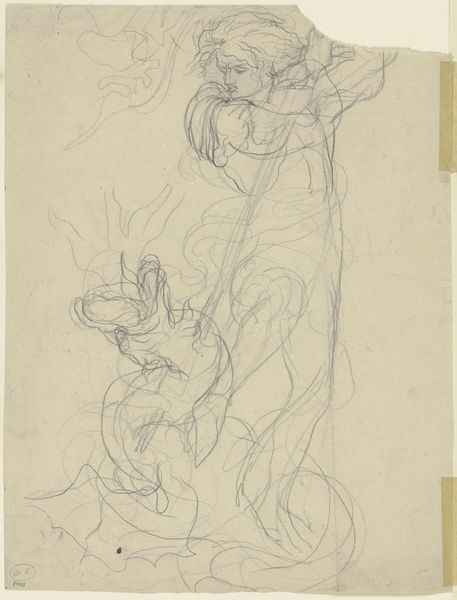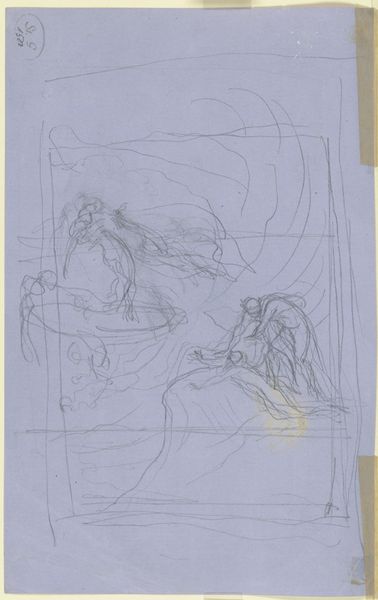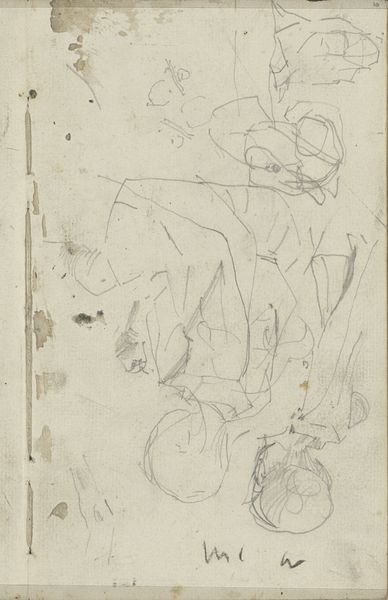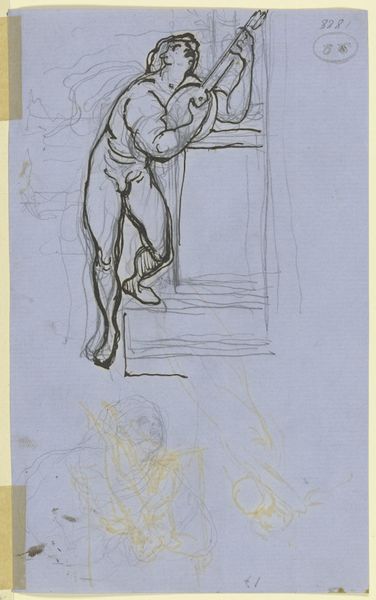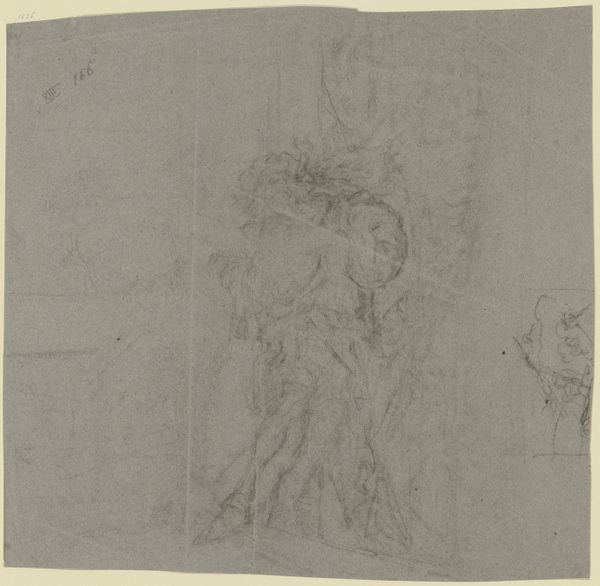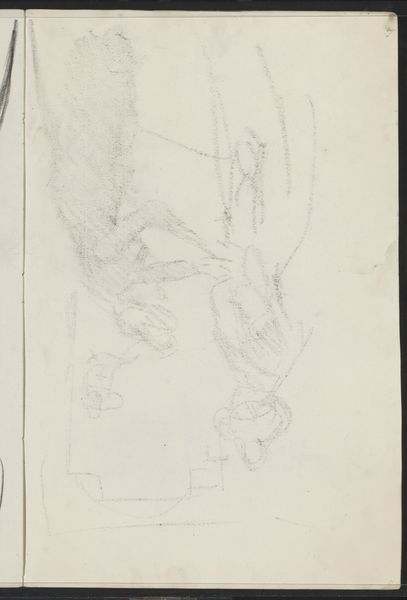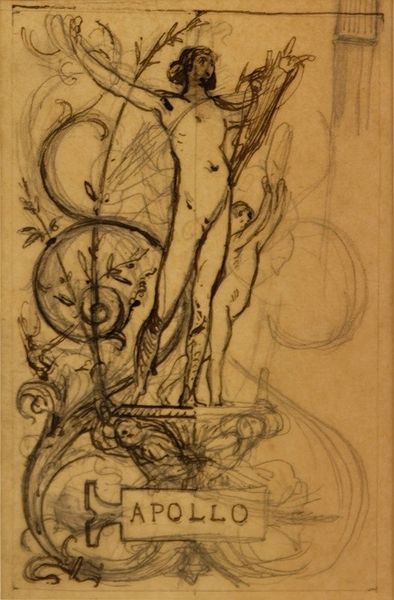
Preliminary Design for the Playbill to ‘Le Chariot de Terre Cuite’ 1894
0:00
0:00
drawing, print, paper, pencil, poster
#
drawing
#
art-nouveau
#
narrative-art
# print
#
figuration
#
paper
#
pencil
#
symbolism
#
poster
Copyright: Public Domain: Artvee
Editor: Here we have Henri de Toulouse-Lautrec's "Preliminary Design for the Playbill to \u2018Le Chariot de Terre Cuite\u2019," made around 1894, a drawing in pencil on paper. It looks like a poster design, somewhat rough, and I'm curious about what stood out to him when visualizing this play. What can you tell me about this piece? Curator: Well, considering it's a preliminary design, the materiality itself is quite telling. Look at the humble pencil and paper, tools accessible and readily available, reflecting the immediate needs of production for theatrical advertising. It wasn't about high art yet; it was about quickly conveying information to generate consumer interest. Notice how the sketched figures, possibly performers and a cart pulled by elephants, hint at the exoticism and spectacle being sold to Parisian audiences. Editor: So, the choice of material wasn't necessarily an aesthetic statement in itself? Curator: Not in the traditional sense. The medium highlights the process, the labour of creating promotional material within the theatre industry. Think about the social context of the Moulin Rouge and the cabarets Toulouse-Lautrec depicted. He blurred the lines between fine art and commercial art, didn't he? He elevated printmaking to an art form, giving value to the materials used in promoting mass entertainment. Why do you think he chose this type of material to display the poster? Editor: It's interesting to see how the raw materials speak to a different kind of value, not just aesthetic or artistic, but also economic and social. The paper and pencil illustrate this piece's commercial functionality. Curator: Precisely! Examining these choices gives us a window into the making and consumption of art within a specific cultural landscape. Editor: I never thought about it that way before! Thinking about the material context shifts the whole understanding. Curator: Exactly. By considering process and social context, we can unearth meanings beyond the purely visual.
Comments
No comments
Be the first to comment and join the conversation on the ultimate creative platform.
